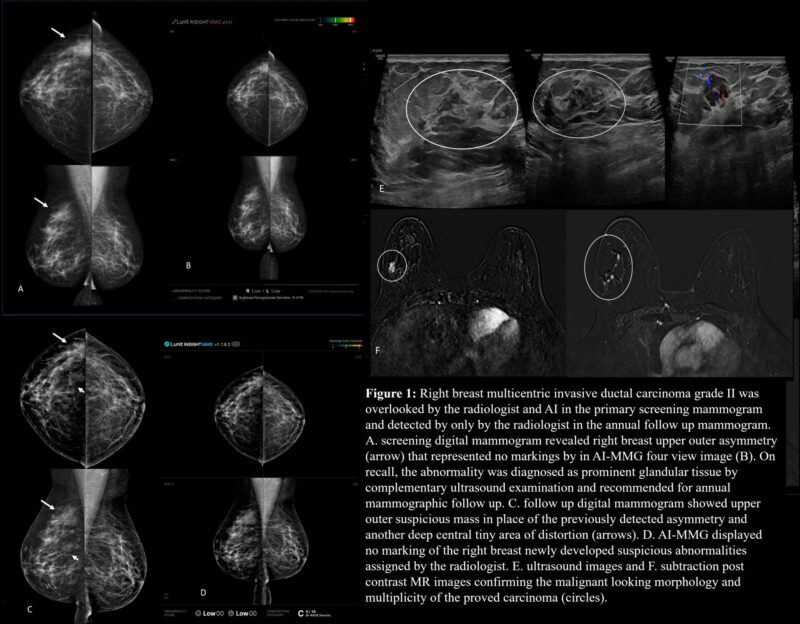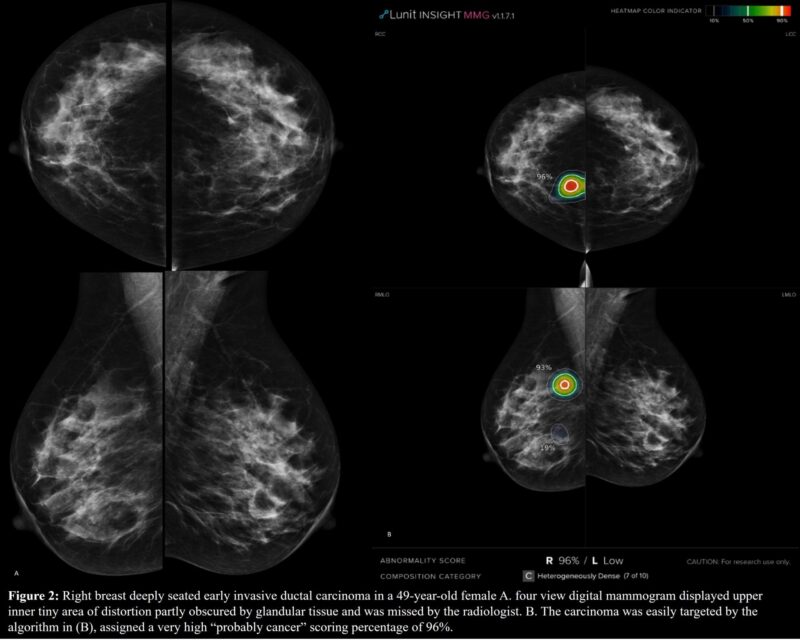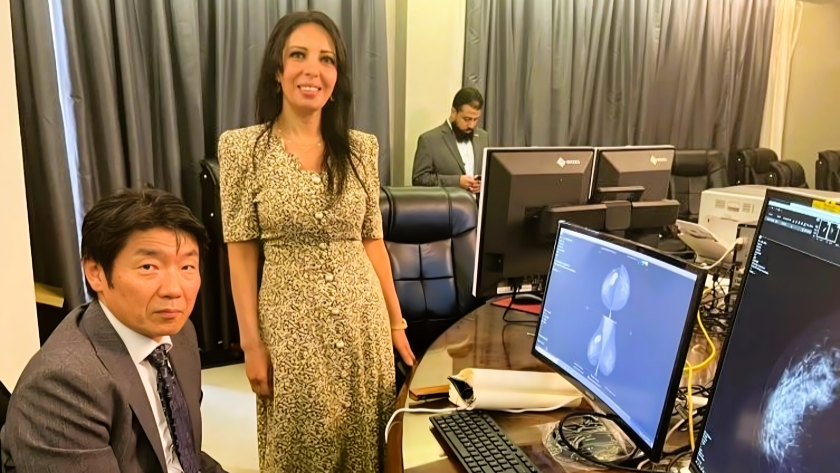Sahar Mansour, Professor of Radiology in the Women’s Imaging Unit at Kasr El Ainy Hospital, Cairo University, shared a post on LinkedIn:
“Artificial intelligence algorithms are often compared to radiology experts based on their ability to identify breast cancer. These judgments greatly simplify what radiologists perform.
A comprehensive library of radiology diagnostics contains almost 20,000 terms for diseases and imaging findings, as well as over 50,000 causative relations.
Human radiologists are trained to identify breast cancer mimics in the long tail of the distribution, such as fat necrosis, granulomatous mastitis, nodular sclerosis, postoperative scarring and else.
‘AI is impressive in identifying horses but is a long way from recognizing zebras.’
By continuously learning from new data and annotated images, AI systems can improve their accuracy and efficiency, helping radiologists make more informed decisions. This ongoing input is crucial for AI to stay relevant and effective.
Without these updates, AI would indeed become static brainless machine, much like traditional imaging devices (x-ray, CT, etc.….) (figure 1).
However, with continuous data upgrading, AI can assist in detecting anomalies, prioritizing cases, and even suggesting possible diagnoses, ultimately improving patient care (Figure 2).
Credits for the presented figures:
Baheya Foundation and Baheya Charity Women’s Cancer Hospital for early breast cancer detection and treatment.
Barco medical workstation 5-megapixel liquid crystal display.
AGFA HealthCare solutions for imaging platform (EHR) and archiving (VNA).”


More posts featuring Sahar Mansour.
